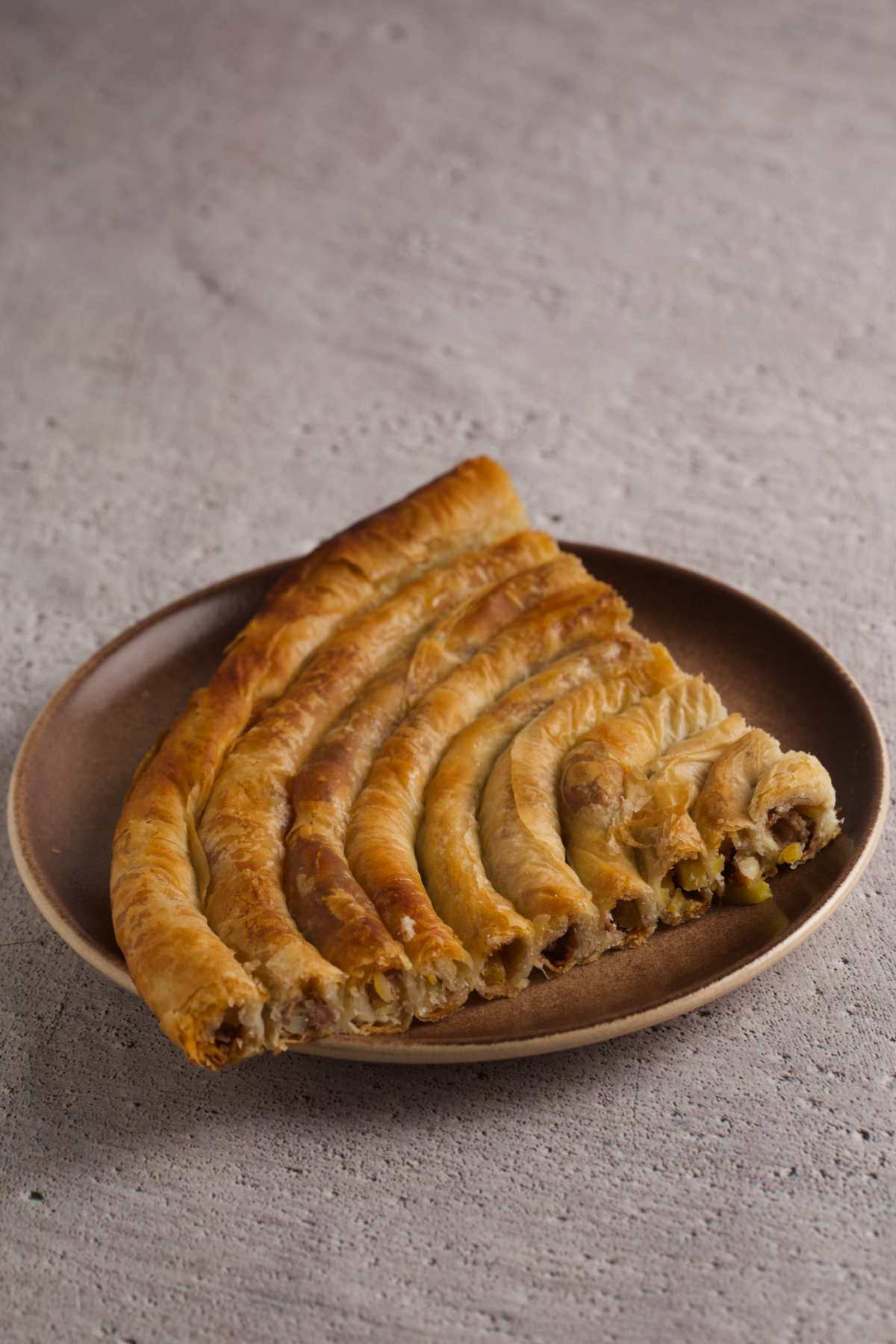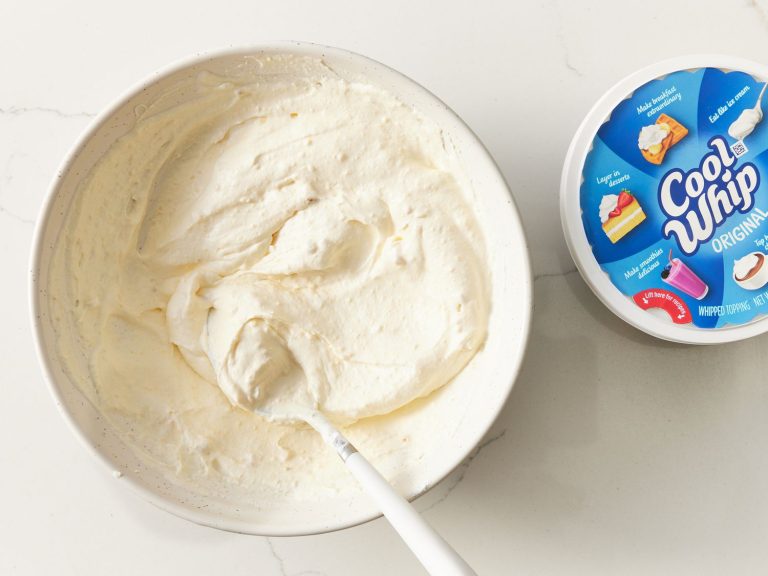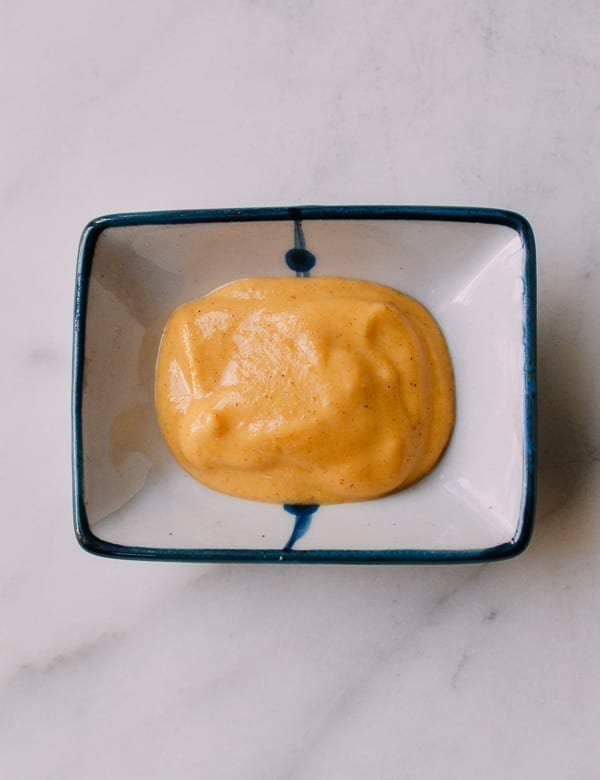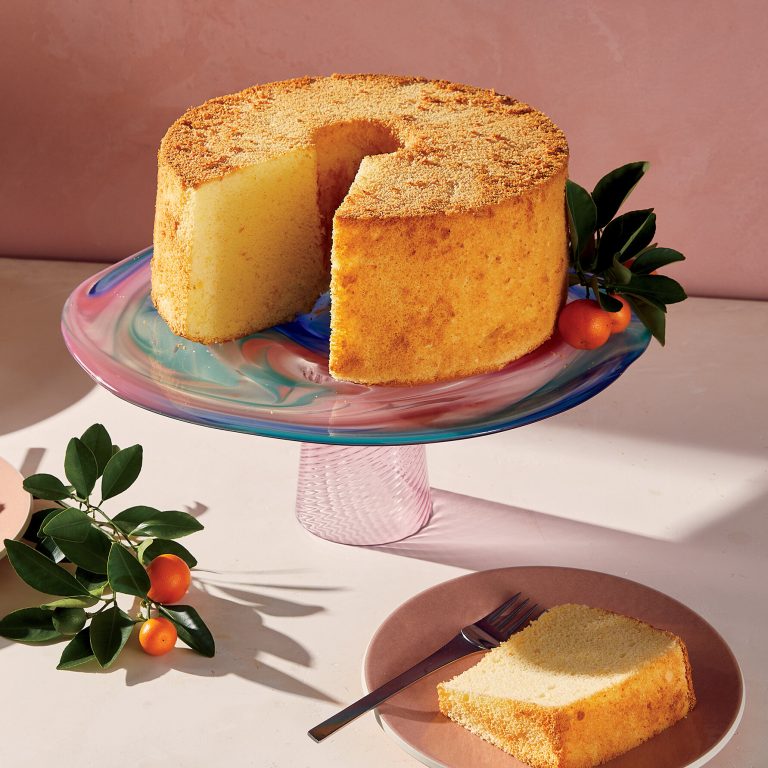Burek: A Delicious Pastry from the Ottoman Empire to Modern Tables
Burek, also spelled börek, traces its origins to the Ottoman Empire. Historical records from the 15th century confirm its existence. Ottoman chefs created variations of this pastry, combining thin dough layers with diverse fillings. Initially, the elite enjoyed burek at lavish banquets, showcasing culinary sophistication. Wheat flour-based dough, known as yufka or phyllo, formed the pastry’s base. Fillings ranged from meats (like minced lamb) to vegetables (such as spinach), making burek versatile.
How Burek Spread Across Continents
Burek’s spread from the Ottoman Empire to different regions happened through both trade routes and conquests. As the Ottoman Empire expanded into Eastern Europe, North Africa, and the Middle East, so did its cuisine. Immigrants played a crucial role, introducing burek to new lands. In the Balkans, burek became a staple in countries like Bosnia, Serbia, and Croatia. Communities adopted local twists; for example, in Turkey, cheese often filled the pastry, while in Bosnia, meat was more common.
Burek’s journey continued into Western Europe and the Americas, largely driven by diaspora communities. Bakeries in cities like New York and Sydney now offer burek, reflecting its global footprint.
The Many Varieties of Burek
Different Fillings and Forms
Burek is celebrated for its diverse fillings and forms. Meaty fillings, such as minced lamb and beef, cater to those who enjoy rich flavors. Vegetarian options include spinach and cheese, which offer a lighter but equally delicious alternative. Sweet burek, often made with apples or cherries, provides a delightful dessert variation.
Shaping also varies widely. Round burek, the most common form, is typically served in pie-like slices. Spiral burek, rolled into a spiral shape, offers portions with a balanced filling-to-crust ratio. You can also find layered burek, where phyllo dough alternates with fillings in a lasagna-like structure, creating a unique textural experience.
Regional Specialties and Names
Burek has regional names and specialties that reflect local culinary traditions. In Bosnia and Herzegovina, “burek” often refers specifically to meat-filled pastry, while “sirnica” and “zeljanica” are terms for cheese-filled and spinach-filled versions, respectively. This distinction showcases the versatility of burek within Bosnian cuisine.
In Turkey, “börek” is an umbrella term for many varieties, including “su böreği” (water börek), which features a custard-like filling between boiled phyllo layers. In Serbia, burek is a staple in most bakeries, commonly filled with ground meat or mushrooms. North Macedonia serves burek both as a savory and a sweet treat, with variations like cheese and pumpkin.
Burek’s adaptability to different regions and palates highlights its enduring popularity and appeal.
How Burek Is Made
Key Ingredients and Preparation
To make burek, you’ll need several key ingredients. These include thin dough layers (phyllo or yufka), fillings such as minced lamb or beef, cheese, spinach, and sometimes even fruits for sweet versions. The preparation starts by creating or purchasing thin dough layers.
First, prepare the filling. For meat burek, combine minced meat (lamb or beef) with onions, salt, pepper, and sometimes parsley. For cheese or spinach burek, mix cheese with egg and spinach. Next, lay out the dough layers, brushing each layer with butter or oil to maintain moisture and create a flaky texture.
Place the filling evenly across the dough’s surface, then either roll or layer the dough based on the desired shape. The process involves carefully folding or layering the dough to encase the filling without tearing it. Use a sharp knife to cut the rolled or layered burek into portions before cooking.
Cooking Techniques: Baked vs. Fried
Burek is typically cooked using one of two methods: baking or frying. Baking is more traditional and involves placing the prepared burek in an oven. Preheat your oven to around 375°F (190°C) and bake the burek until golden brown, usually about 30-40 minutes, depending on the size and thickness. This method ensures a crispy, golden crust while keeping the inside moist and flavorful.
Frying, although less common, offers a different texture. Heat oil in a deep pan to about 350°F (175°C). Fry the burek pieces until golden brown, usually 4-5 minutes per side for smaller portions. This method results in a crispier, richer pastry but requires careful attention to avoid burning.
Whether baked or fried, burek offers versatility in preparation and flavor, catering to varying culinary preferences and traditions.
Serving and Eating Burek
Traditional Accompaniments
Burek takes on a rich cultural identity in its traditional accompaniments. You often find burek served with yogurt or kefir, enhancing its savory flavors. In Balkan regions, people prefer drinking ayran, a yogurt-based beverage, alongside burek. Fresh vegetables like tomatoes and cucumbers frequently accompanied servings of burek, providing a fresh, crisp contrast to the pastry’s rich texture. In some traditions, pickled vegetables, particularly peppers and cabbage, balance the rich filling flavors. These accompaniments bridge the gap between hearty and refreshing elements in a meal.
Modern Pairings
Modern pairings for burek adapt to contemporary culinary trends. You may enjoy burek with craft beers or boutique wines, depending more on individual preferences than regional norms. Gourmet sauces, such as herb-infused aioli or spicy harissa, offer complex flavor additions for dipping. Salads featuring arugula, radicchio, or spinach provide a bitter contrast, complementing the dish’s rich ingredients. For a lighter experience, consider pairing burek with flavored sparkling water, enhancing enjoyment without overpowering the dish’s essence. Modern pairings reflect an evolving palette, integrating diverse tastes with traditional pastry elements.
Conclusion
Burek’s rich history and adaptability make it a culinary gem. Whether you prefer traditional fillings or modern twists, this versatile pastry offers something for every palate. Pair it with classic accompaniments like yogurt or explore contemporary pairings to elevate your dining experience. Burek seamlessly bridges the gap between age-old traditions and modern culinary trends, making it a must-try for any food enthusiast.






